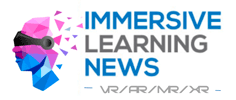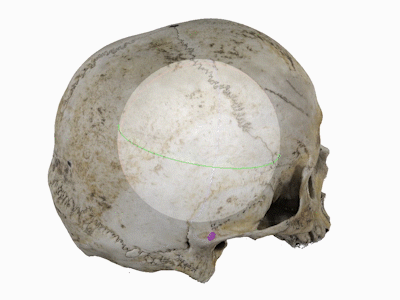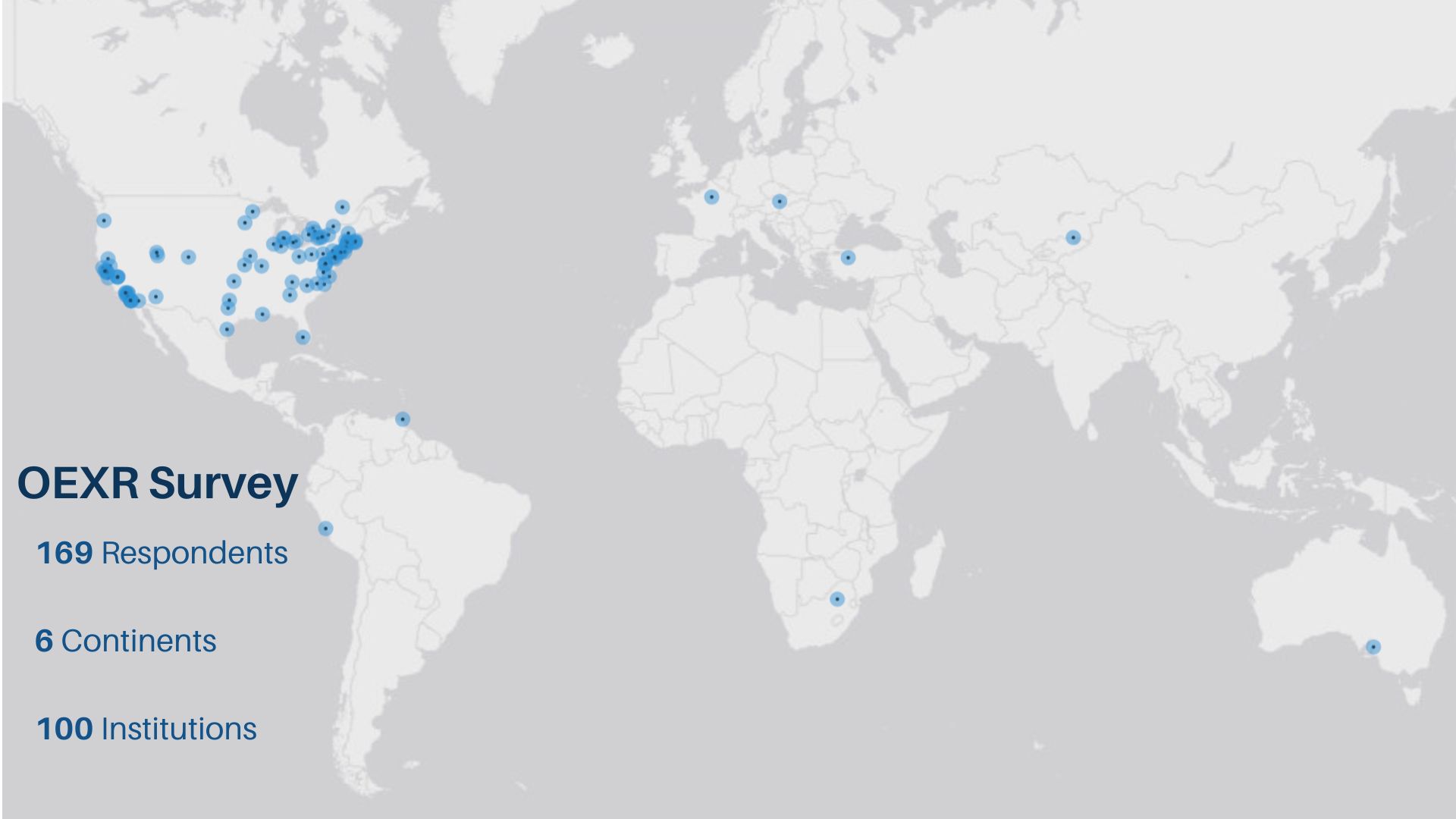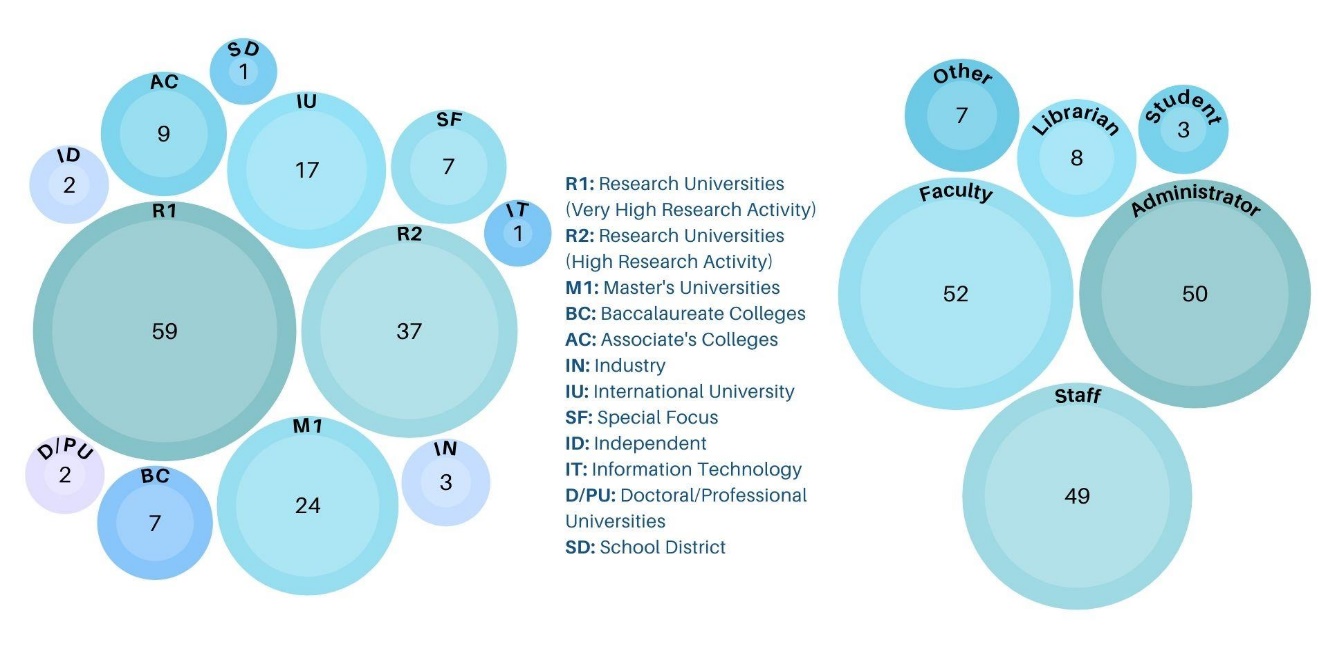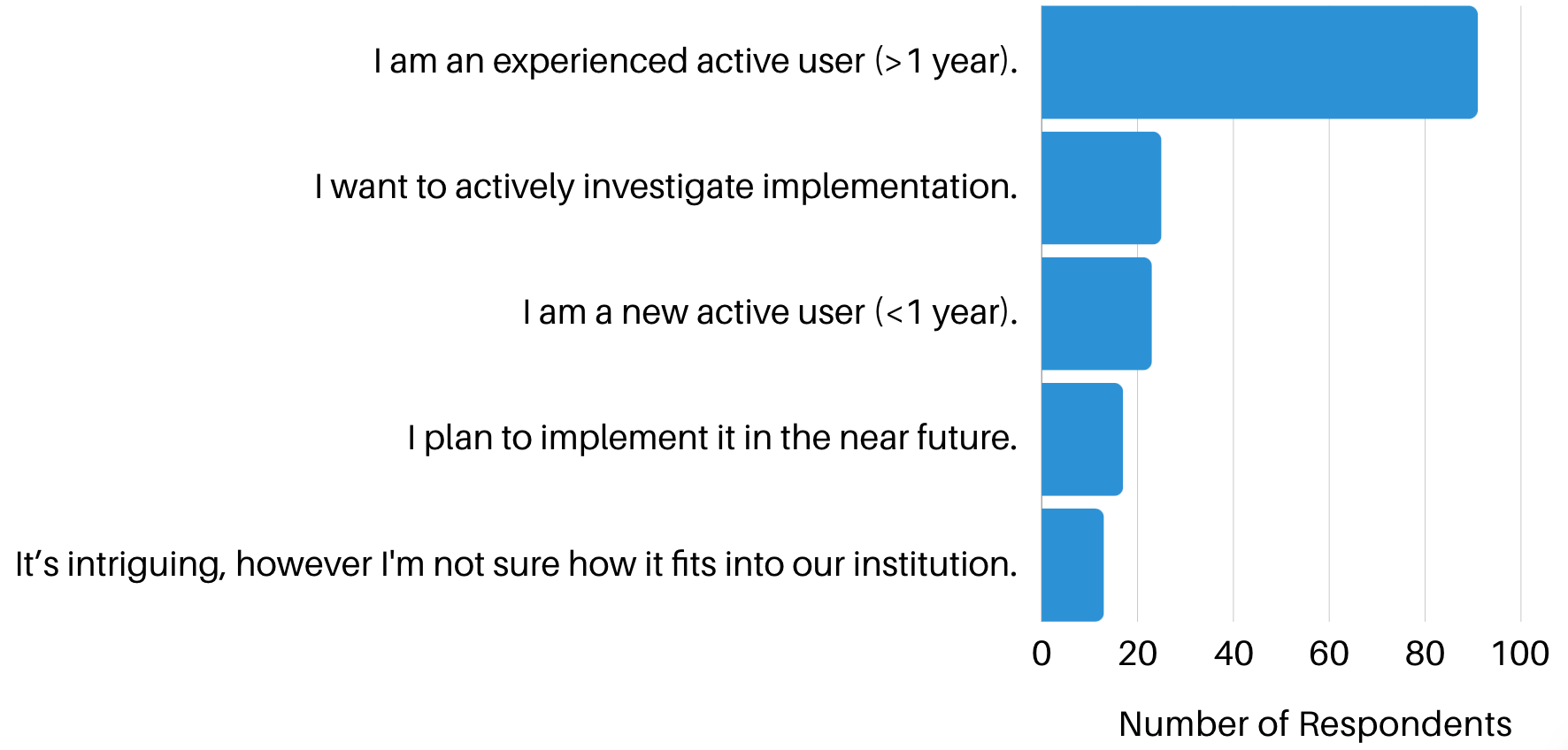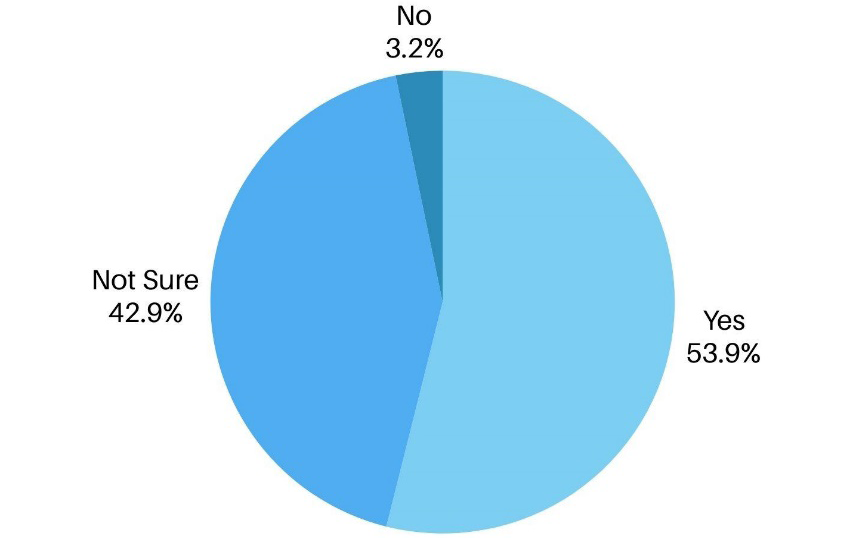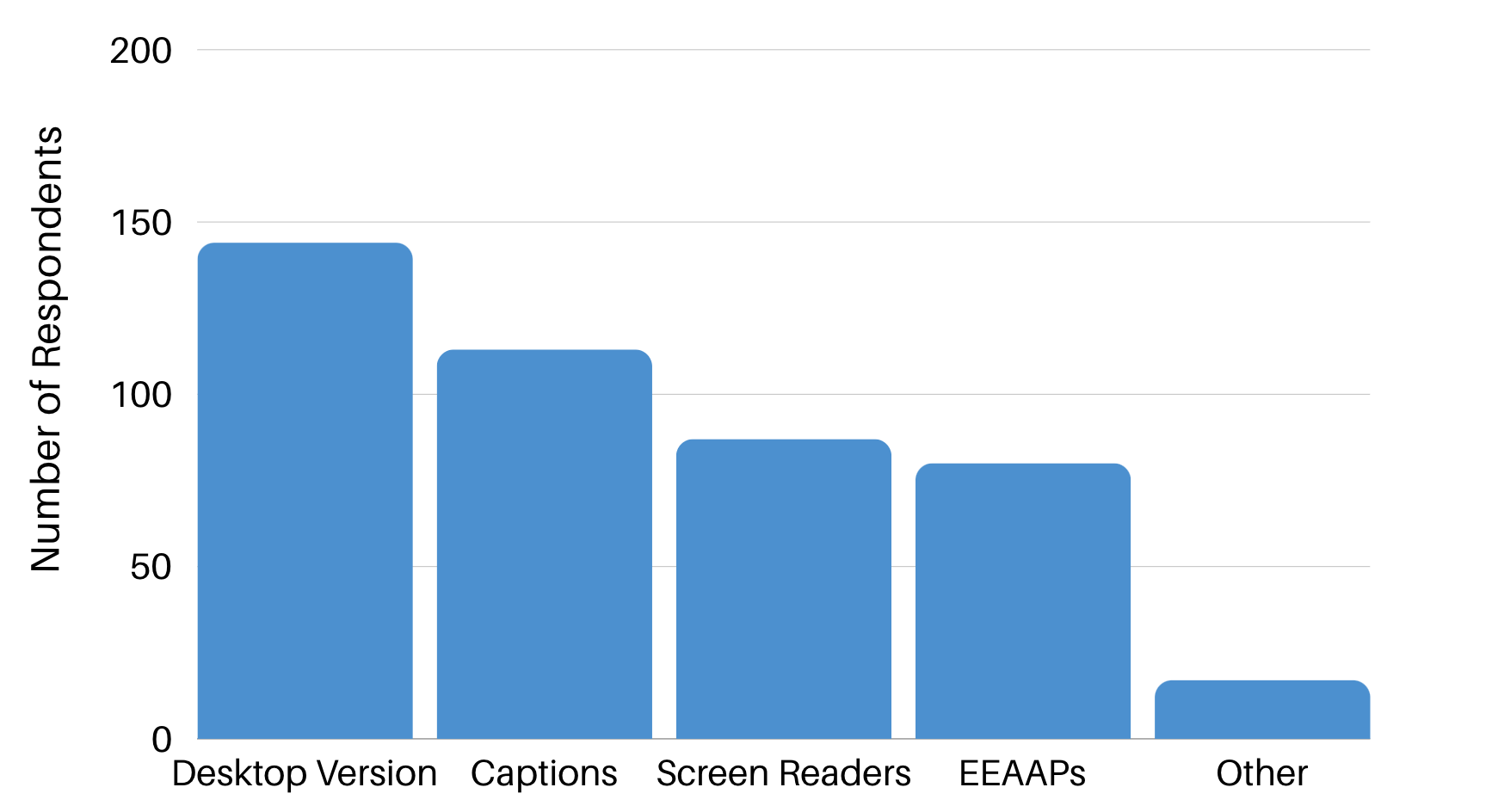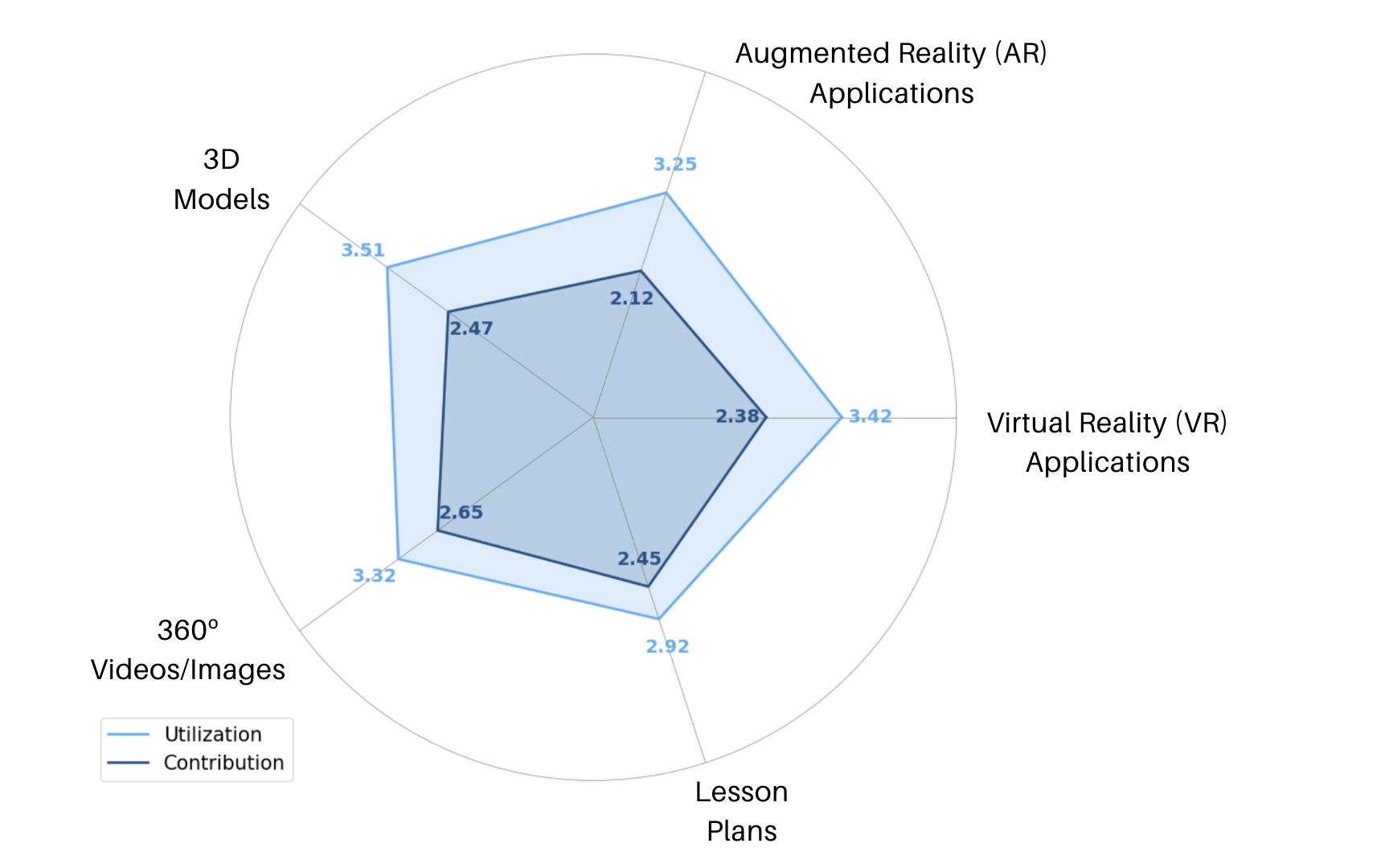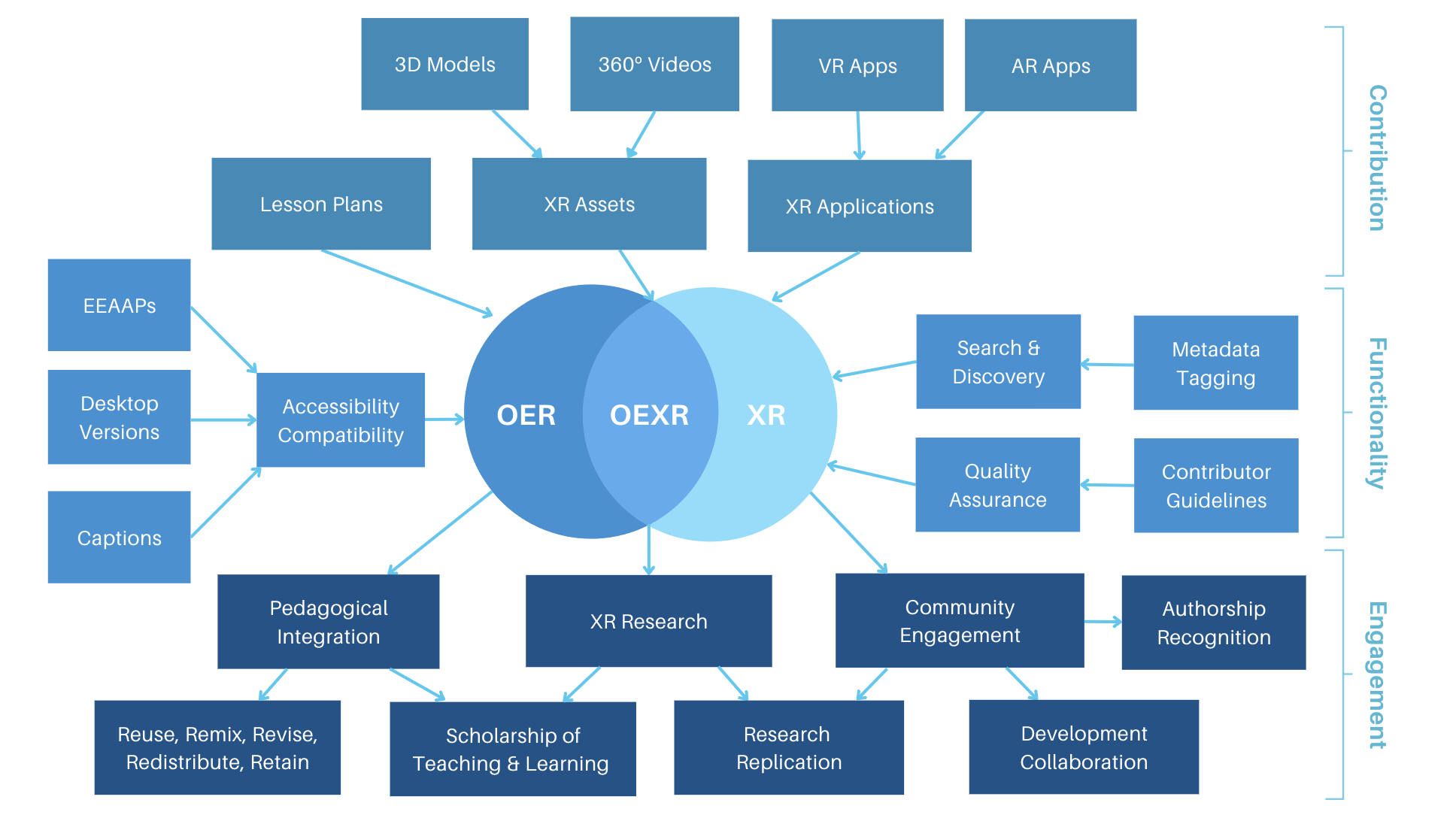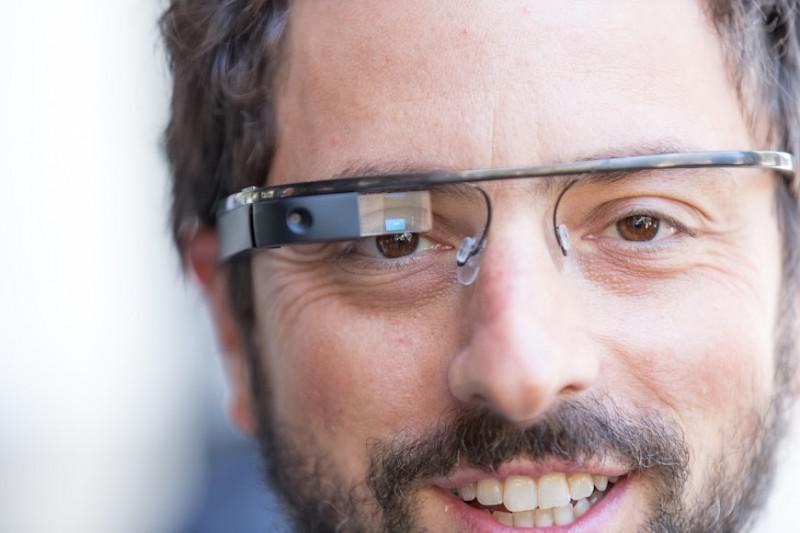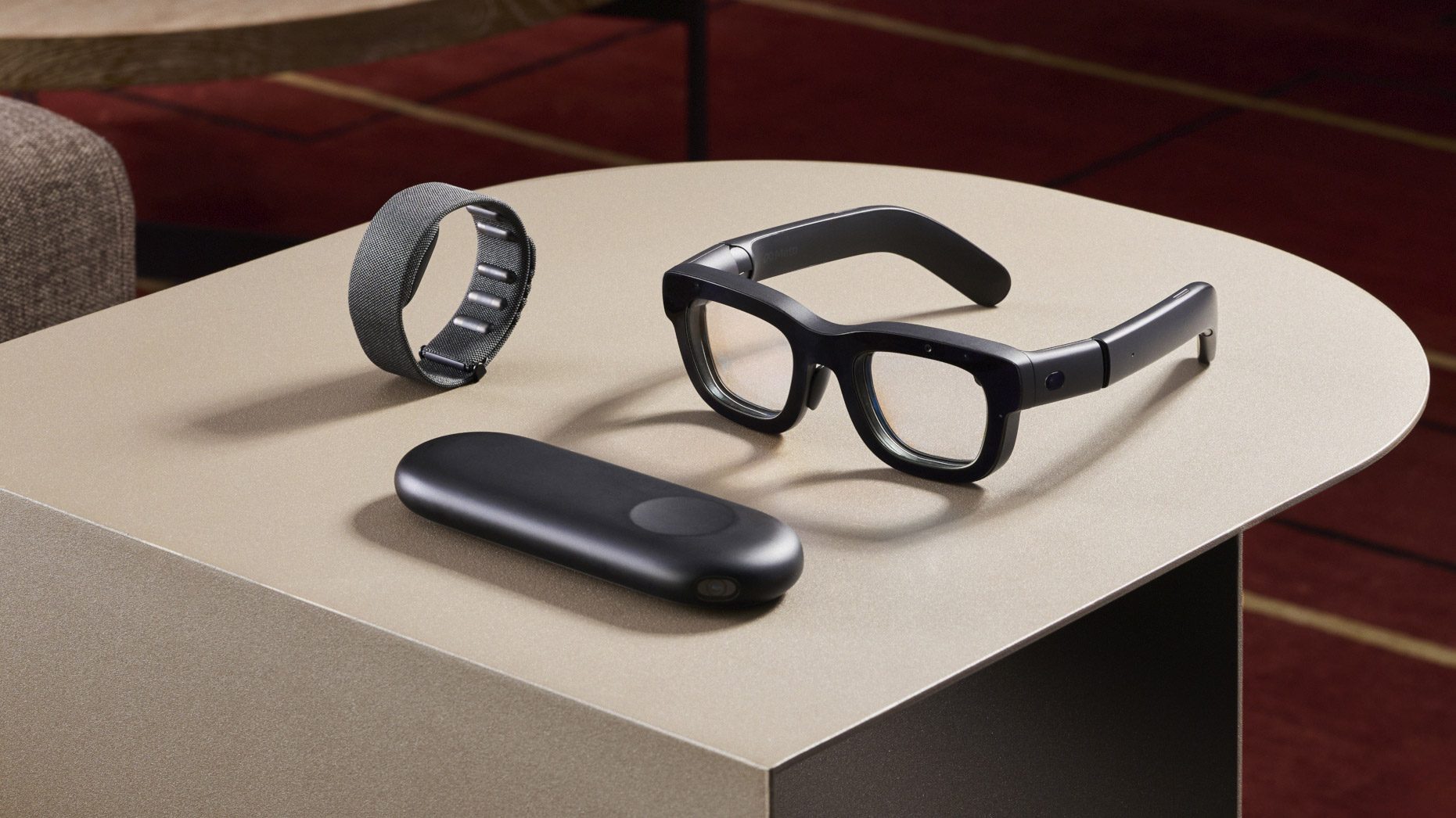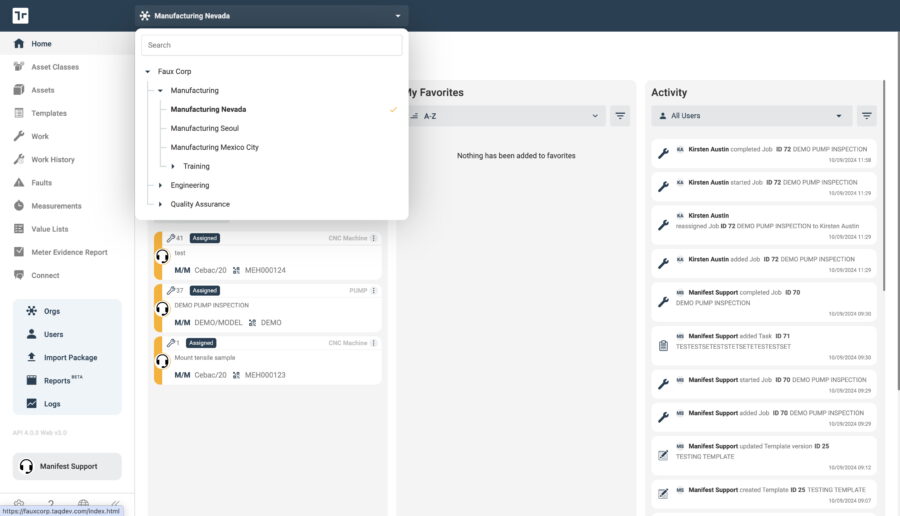Training with VR said to teach employees four times as fast and increase knowledge and skill retention
Traditionally, the roofing industry prefers a hands-on method for training workers. However, with both time and skilled labor at a premium these days, Owens Corning is looking to virtual reality to improve training methods.
The roofing and insulation manufacturer is collaborating with PIXO VR to launch a virtual reality training solution designed to transform product and safety training for contractors. Billed as a turn-key solution, the VR training is meant to provide contractors’ employees with an on-the-job, immersive training experience that keeps them safe, improves their skill sets and saves costs for the contractor, reducing product waste and rework.
The VR gives contractors the ability to train employees with a VR headset and a training library. As of publication, there are no roofing-specific modules but the program does offer safety courses distributors and contractors can find useful, including fall safety, forklift operations, ladder safety and hazard recognition.
“We listen to our customers and we know that better-trained employees lead to less accidents, less waste and higher levels of learning and employee retention,” said Derek Fowler, marketing & contractor training manager at Owens Corning, in a written statement. “We sought out PIXO to bring this innovative turn-key solution to thousands of insulation contractors. With our product knowledge and PIXO’s Reality Intelligence Platform, it’s a winning combination.”
In addition to the safety classes, the training library includes Owens Corning Fiberglass and Natural Polymers spray foam insulation product training and skilled trades safety training, available on the PIXO platform.
PIXO’s Reality Intelligence Platform, which fully integrates and operates with the enterprise Learning Management System (LMS), allows organizations to manage, track, and deploy training to headsets in any location for easy adoption of VR training in the field. The flexibility of the PIXO Platform has allowed Owens Corning to offer this valuable training solution to their thousands of contactors through the LMS, Lightspeed.
“We know that by training in VR, employees learn four times as fast, reducing significant training costs, and increasing knowledge and skill retention by 80%, leading to a safer, more productive workforce,” said Sean Hurwitz, CEO of PIXO. “Bringing people home to their families safely every night has always been the mission of PIXO, and that’s why we developed the training platform. Partnering with companies like Owens Corning to seamlessly scale these solutions to their markets is another example of how we’re accomplishing that mission.”
Quelle:
Foto: Image courtesy of Owens Corning
